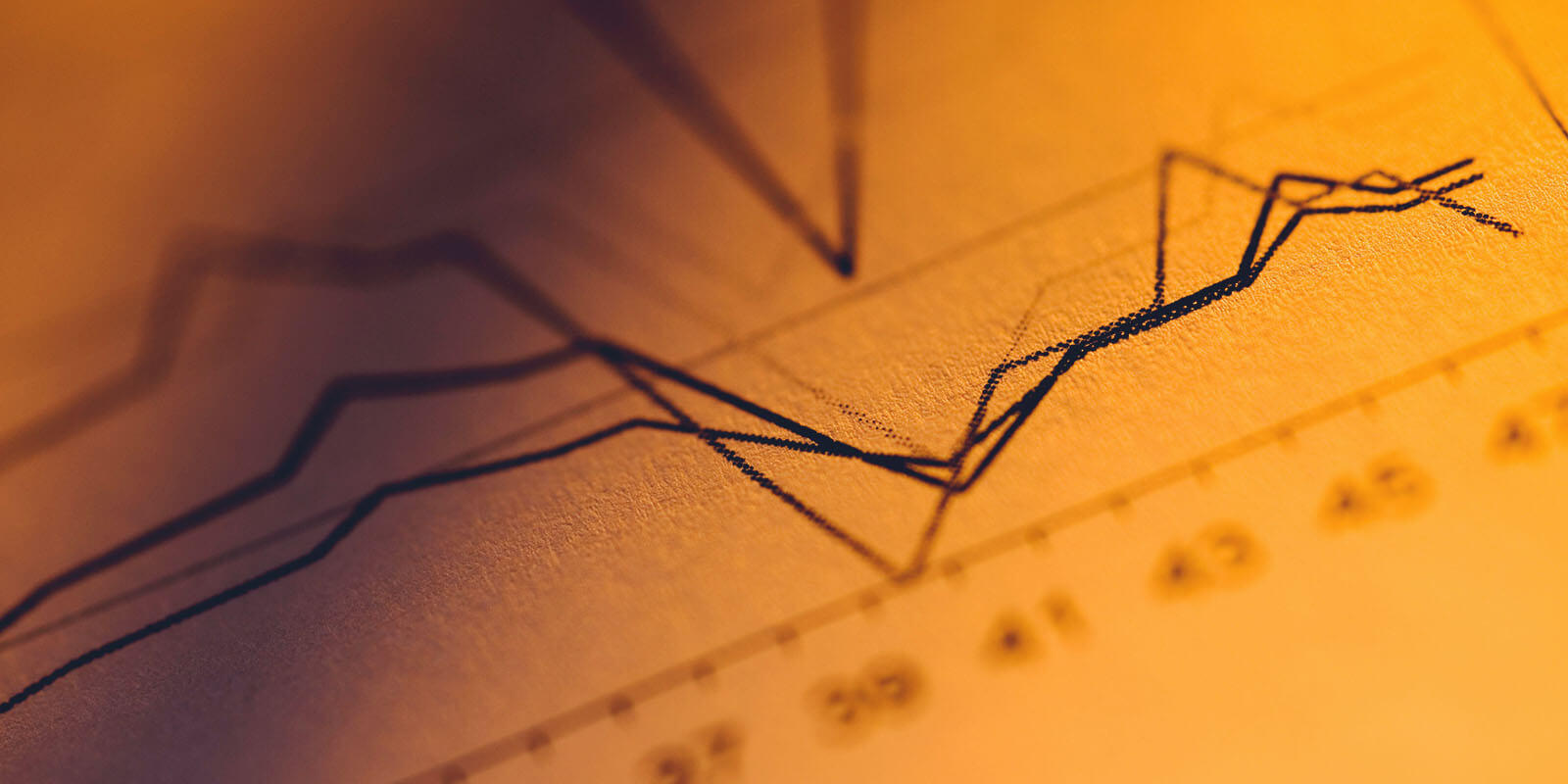When it comes to protecting your investments, especially over the medium to long term, one of the key concerns for many investors would be the impact of inflation on their portfolio. This is especially true recently because, as the global financial markets continue to recover from the impact of the Covid-19 pandemic, the prospect of high rates of inflation are often suggested by market commentators and news outlets alike. For many years, gold has been regarded as one of the best ways to hedge yourself against the impact of inflation, but how true is that statement and is it still valid today?
What is Inflation?
Speaking in general terms, inflation measures the changes in prices for goods and services over time. In the United Kingdom, measures of inflation and prices include consumer price inflation, producer price inflation and the house price index.
As part of this measure, national bodies such as the Office for National Statistics (ONS) conduct regular measuring and monitoring on the prices of goods and services as part of their ‘basket of goods’ analysis. This measure looks at a range of hundreds of products and consumer goods that are typically purchased by households in a range of UK locations, and measures their change over time. As the goods and services which we typically buy change over time, the ONS regularly reviews the list of products and updates them in line with current trends. For 2021, hand sanitiser was included for the first time and office canteen sandwiches were removed from the list as they were no longer seen as a relevant measure.
What measures like this demonstrate is that over time, the price you pay for goods and services generally increases, and your money has less purchasing power than it once did. This is very clear when measured over a long period of time as, according to the Bank of England, goods and services which would have cost £10 to purchase in 1950 would cost over £350 to purchase today. This is because, over that period, inflation averaged 5.2% per year. Over a shorter period of time, the impact is generally less obvious but the value will change. For example, goods and services costing £10 in 2010 would cost over £13 in 2020, an average increase of 2.7% per year. Generally, the Bank of England has a 2% target for inflation, which it sets out in their monetary policy. However, the current inflation rate is 3.2% - more than 50% higher than the target.
How Does Inflation Affect Me?
Inflation is a very important measure to be aware of, especially as an investor, as you want to ensure that the value of your investments outperforms the rate of inflation. If your investments do not perform in excess of the rate of inflation, you are effectively losing money as your money has less spending power than it would do otherwise. In addition, the inflation rate is used as a measure to decide on a number of decisions which affect your everyday spending, and covers a range of factors from pensions to train fares.
Although it seems counterintuitive to expect prices to rise, a certain amount of inflation is seen as helpful, as it encourages people to spend money as they are aware that the prices will likely be rising in the future. However, if the rate of inflation is too high, it could be seen as a sign that the economy is in difficulty. In order to tackle this, if the rate of inflation is too high, the Bank of England, in line with monetary policy, will make a number of decisions to attempt to reduce inflation. One of the main tactics for this is to raise interest rates. This is because, if interest rates increase, the cost of borrowing will increase as a result. This results in people having less money to spend, causing demand to fall and prices to decrease.
However, this is not always the case. During the 1900s, there were multiple cases of hyperinflation in economies across the world, a time where the rate of inflation exceeds 50% over the course of a month. Hyperinflation usually has a number of causes, but cases are often linked to war and economic turmoil, as well as the central bank printing an excessive amount of money. Although an inflation rate of 3.2% is vastly below this, some of the increases recorded by the ONS recently are the largest on record, so it is important that they are stabilised quickly to reinstate trust in the economy.
Gold and Inflation
Since the dawn of civilisation, gold has been seen as a commodity, but also a store of wealth. Many would suggest that an investment in gold would be wise in times of inflation as returns from gold can outperform inflation. Certainly, when measured over a very long period of time, the value of gold has held its worth. For example, a Roman centurion in the time of the Emperor Augustus (27BC) was paid 38.6 ounces of gold a year. When measured at today’s gold price of nearly £1,300 an ounce, this would be equivalent to just under £50,000. This is said to be similar to the wage of an experienced captain in the British Army to this day.
Similarly, when compared to other investments, returns from gold can be more favourable. For example, if you had bought £55 worth of gold every month for 18 years from 2002, you would have over £28,000 of gold by 2020. Compare that with putting the same amount into a 3% cash ISA – £15,703.51 – or simply setting it aside with no interest at all – £11,880. This simple comparison shows the difference between an investment in gold and simply retaining money as cash, and highlights that the returns from gold would be greater. However, it does not take into account the purchasing power of cash, and how inflation will erode that over time.
Although this is the case, gold and inflation is not as linear a correlation as once thought. When measured over time, although gold does perform well, the price changes do not directly correlate to changes in the inflation rate. This is said to be because although the two factors are linked, changes in inflation alone are not enough to affect the gold price.
In a recent report by the World Gold Council, it was suggested that gold would outperform mainstream financial assets, especially if the world experiences a resurgence in inflation over the coming years. In addition, gold has an important role in any investment portfolio as both a tactical inflation hedge and a long-term strategic asset. This is because gold plays an important role as a portfolio diversifier but also as a currency hedge because the gold price tends to correlate negatively with currencies, in particular the US dollar. For example, Bridgewater Associates, the biggest hedge fund in the world, recommended that investors hold 5-10% of their portfolios in gold to hedge against political risks. In addition, the World Gold Council reported that portfolio allocation analysis indicates that investors who hold between 2% to 10% of their portfolio in gold can significantly improve performance. This is also true even when assuming a conservative average annual gold return of a modest 2% to 4% – well below its actual, long-term historical performance.



